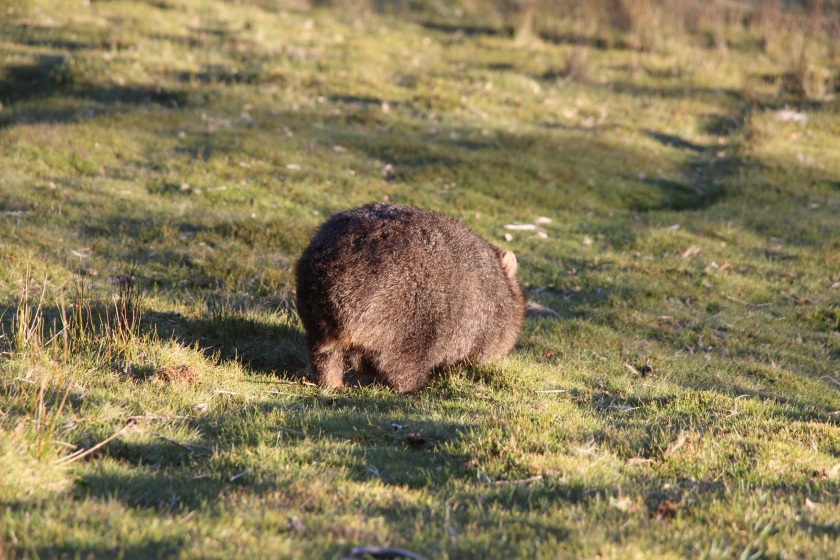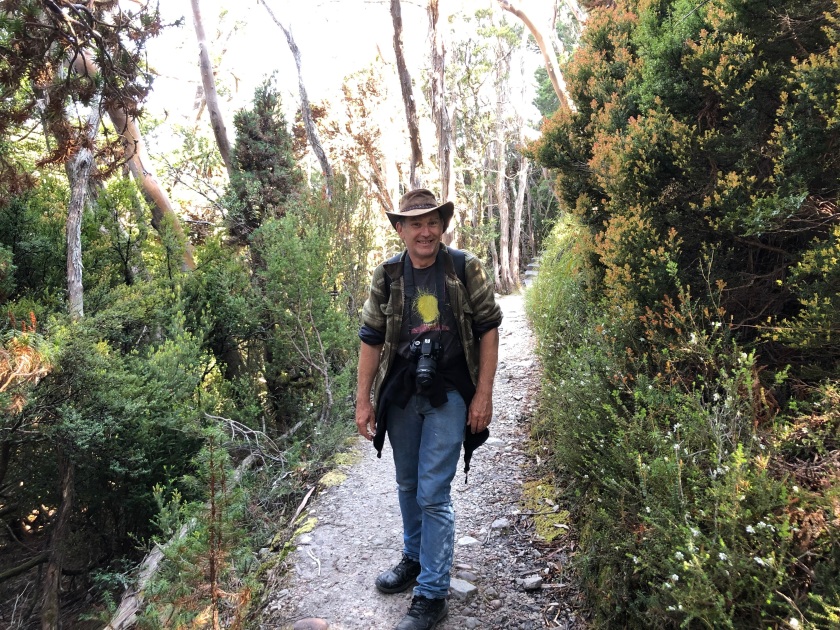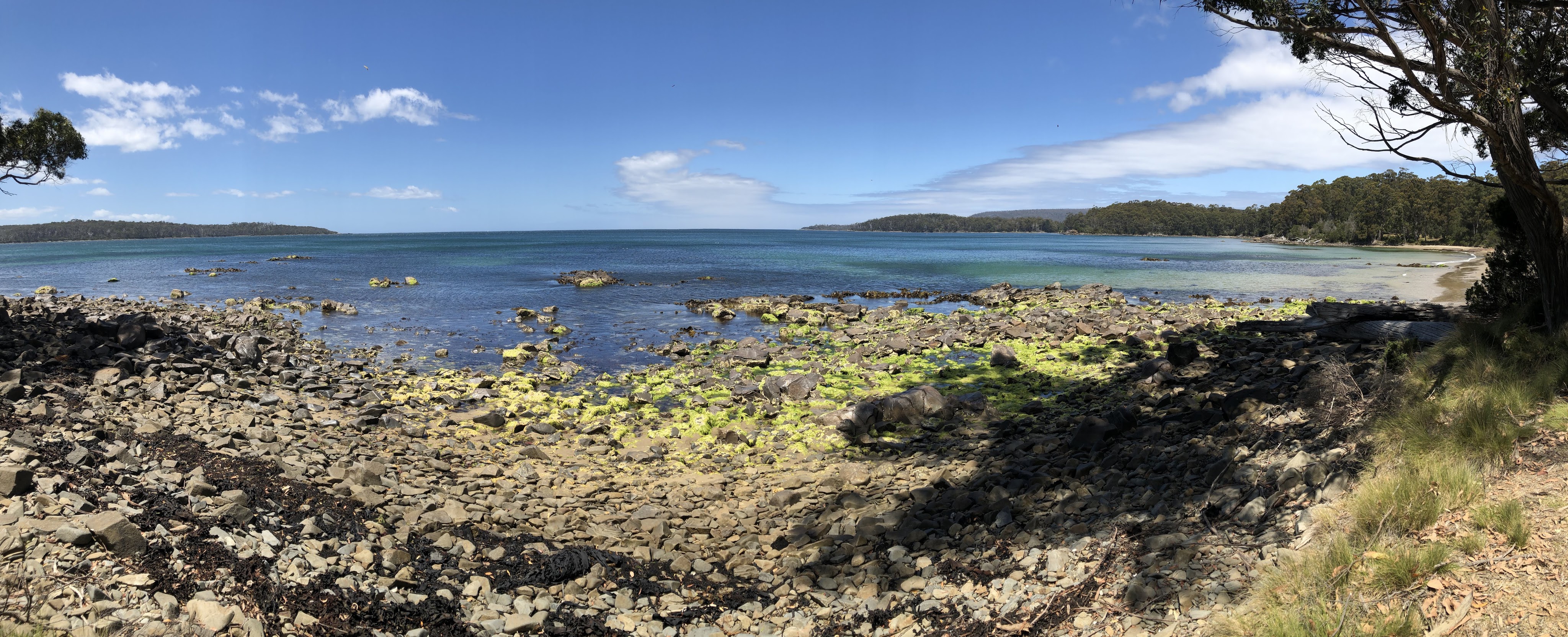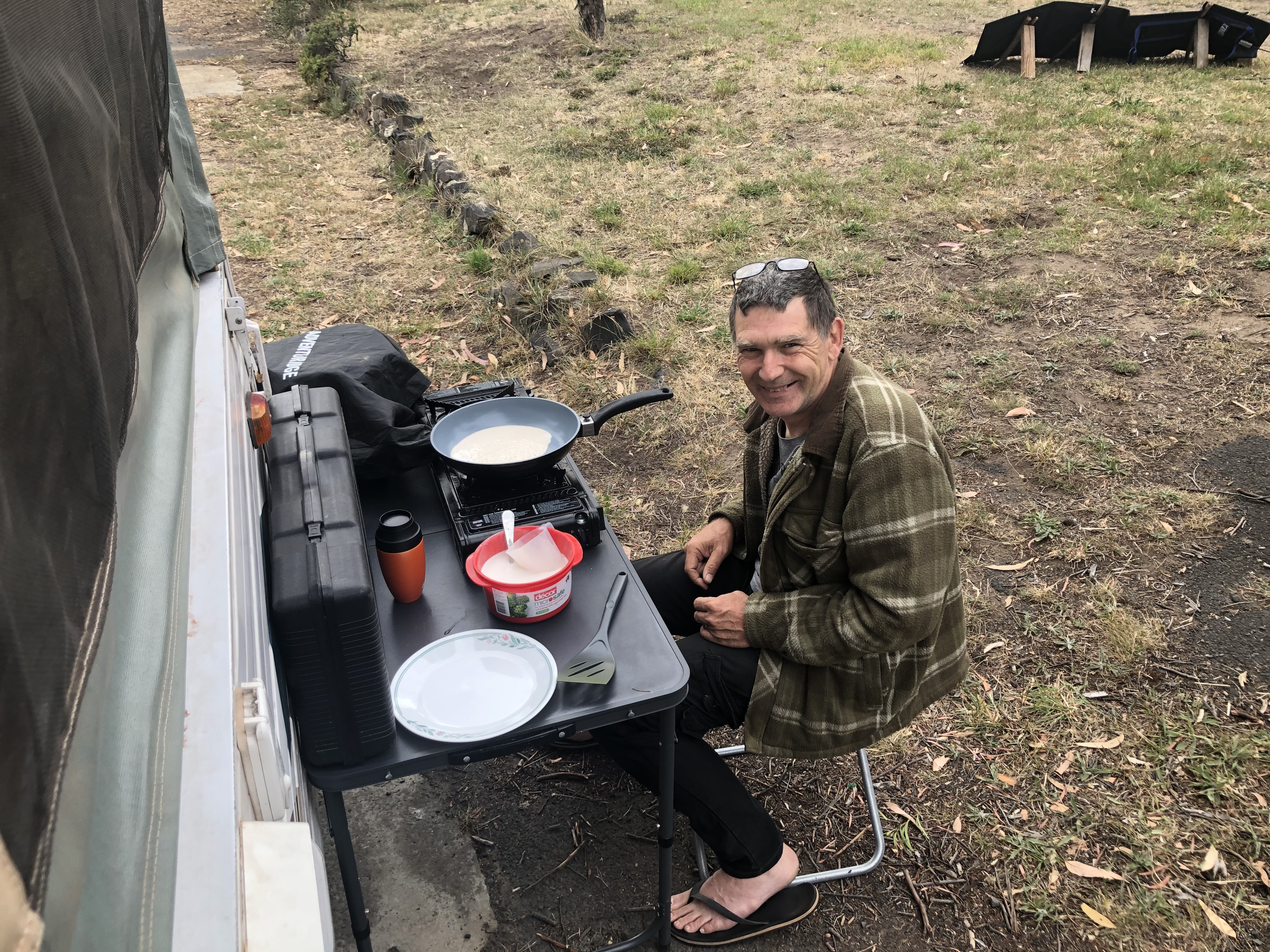To Forth and beyond.





(Author’s note: When last I left you, the wife and I had returned to our Jayco Penguin camper, tails between our legs. driven home from Cradle Mountain by atrocious weather. One wombat in the distance was all we’d seen and only half of Cradle Mountain itself. And so we continue…)



Comment, connect and say hi below. And if you like it, why not LIKE it as well or share it. That’d be cool. Yeah, do that. LOL. Stay safe folks.
Chris K
(Authors note: What follows is a tale of epic failure, bitter elements and triumph, too big for one blog post. Over the next three posts, you’ll be rewarded with a smile, perhaps even a laugh or two, I mean, it starts with Google trying to kill us AGAIN, so there’s that, plus there’s wombats. Who doesn’t like wombats? So thanks for visiting, strap in and let’s get this adventure going).





While you’re here, why not help an old fart out and Like, Subscribe and Share, or say g’day in the comments.
Leaving Southport at 10 AM, we headed north, travelling up the Huon Valley and along the beautiful Huon River. This is the home of the mighty Huon pine, though there’s not so many mighty ones left. Overlogging had the old growth ones headed on a trajectory toward being wiped out. They’re protected now, but these are very slow growing trees. More history here.
With only a couple of stops to pick up more apples from a farm and some excellent honey and mead from the Honey Pot in Huon, along the way, we were back in Hobart by lunchtime. Our destination was a campground in Kingston, just south of the city.
The campground is The Lea Scout Camp, which opens to the public in the scouting off season, allowing tents and camper-trailers to stay for a reasonable fee. Wildlife thrown in for free. This place comes very high on my list of top campsites around Tassie and indeed, the country. This is the perfect balance of clean, basic facilities, proximity to nature and access to power, for a little extra. There’s water available and a laundry, flushing toilets and hot showers, which are a bit communal but with curtains. Cheap firewood is available by the wheelbarrow full, and there are plenty of half 44-gallon-drum fireplaces available for those nights sitting around the campfire with a libation of choice.
Now remember how I said, proximity to nature. Well nature literally comes to your doorstep. Wallabies, possums and lesser seen marsupials like bettongs and pademelons just wander into camp, hoping for some leftover snacks.
Don’t feed them, that’s bad. Lock up your food and your rubbish really well, especially from the possums. Crafty little buggers know your food storage weaknesses and will take advantage.
Now the day we arrived, was a bit of a blur, as was much of the next two days. After setting up camp, we headed out to explore a little of the city. We did a quick circuit of the Hobart museum before setting off to Fossil Cove to see natures Museum.
Now the walk down to Fossil Cove is steep, be warned. The return journey is all up hill, but this old fart and his wife did it so make of that what you will. Here’s what it looks like. It’s worth the effort.
It was December 27th, 2019 and we returned to the Penguin, the bettongs and dinner. After dinner we planned out the next day, spent in the city, down at the dock. An early night was in order. The next day was going to be Huge. Here’s a preview.
And that’s next week’s post.




So, I reached my limit on photos for my blog and now I am scrounging for the 60 bucks to get another 3 gig. Here’s a preview of the upcoming post which will be in a few weeks.
In the meantime stroll down my memory highway and check out the aarchive posts.
Thanks everyone and stay safe during these weird times.